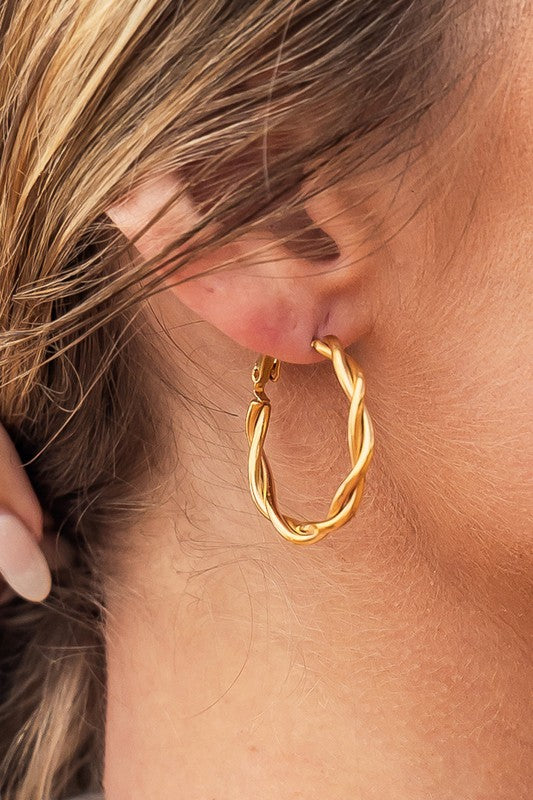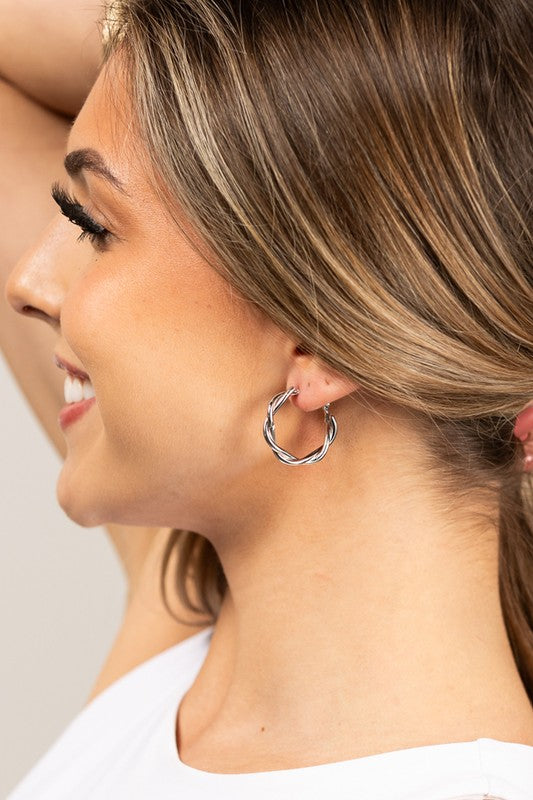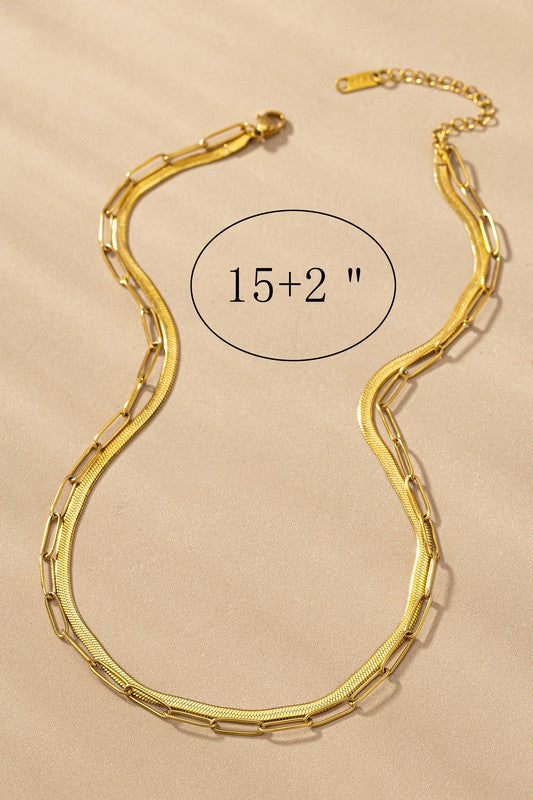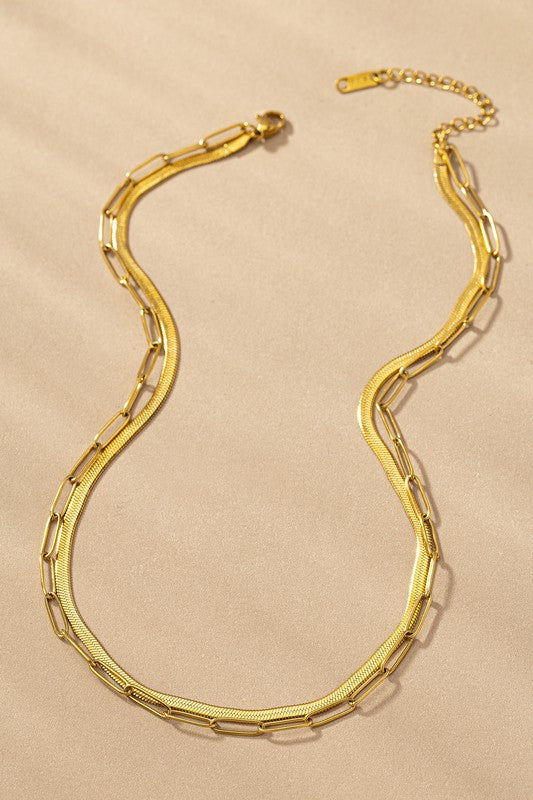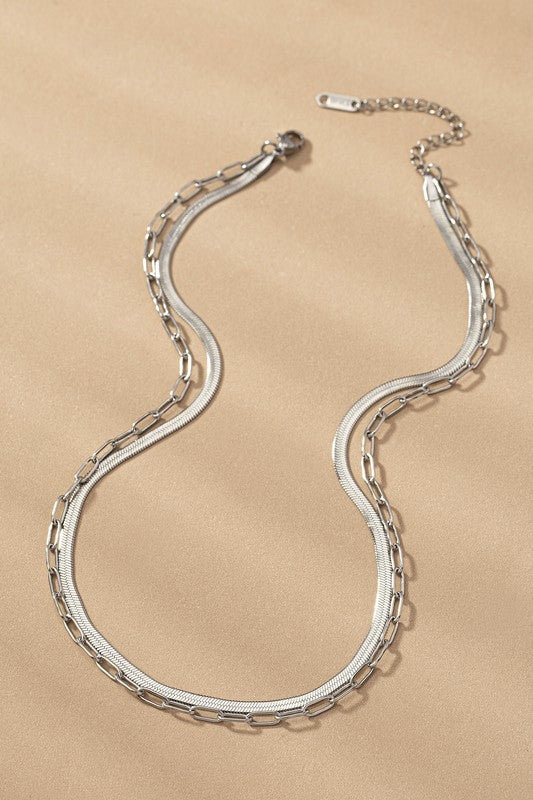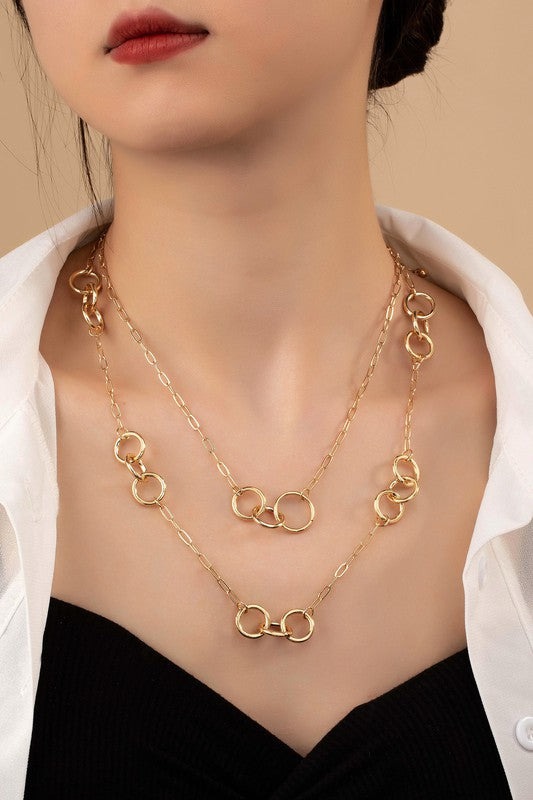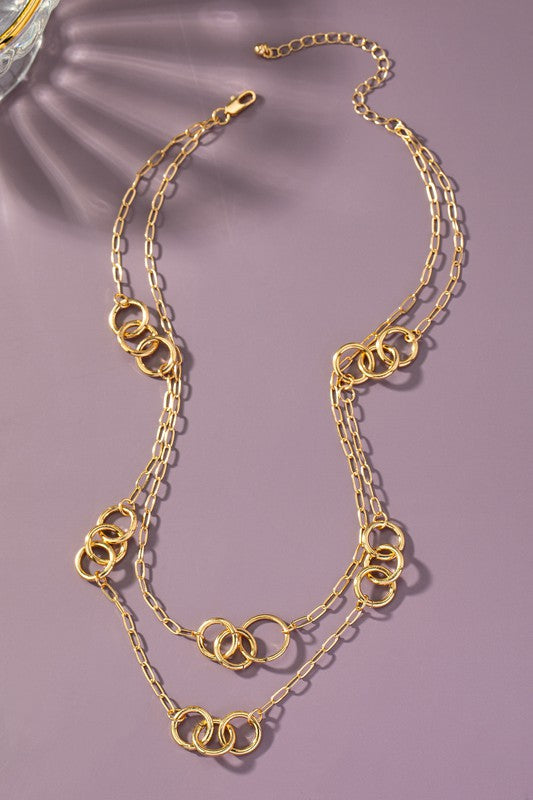
Swimwear isn't just about style—it's about enjoying the water while feeling confident and comfortable. But have you ever noticed your favorite swimsuit losing its charm after a few dips in the pool or trips to the beach?
That's where proper care comes in.
Why Care for Swimwear?
Think of your swimwear as an investment in fun and relaxation. Without the right care, it can lose its shape, color, and stretch, making it less enjoyable to wear. But with a little TLC, you can make your swimsuits last longer and stay looking great.
The Benefits of Proper Swimwear Care

When you treat your swimsuits well, they'll keep their shape, color, and elasticity, so you can keep wearing them summer after summer without worrying about replacements.
In this guide, we'll walk you through simple steps to care for your swimwear. These tips will help you keep your swimwear in top shape, so you can dive in with confidence every time.
“Shop - Best Swimwear for women”
Preparing Swimwear for Use
chemicals or residues. Rinse thoroughly and avoid harsh detergents or fabric softeners.
B. Importance of rinsing after each use
After swimming, rinse your swimwear in cool, fresh water to remove salt, chlorine, and impurities. Avoid leaving it rolled up in damp towels to prevent mold and mildew.
C. Handling chlorine exposure
Chlorine can damage swimwear, causing colors to fade and fabrics to deteriorate. Rinse your swimsuit after swimming in chlorinated water and avoid prolonged exposure. Consider using a chlorine-neutralizing wash for regular pool use.
Washing and Cleaning Techniques
A. Hand washing vs. machine washing
Hand Washing:
-
Fill a basin or sink with cool water.
-
Add a small amount of mild detergent specifically formulated for delicates or swimwear.
-
Gently agitate the water to create suds.
-
Submerge your swimwear and gently swish it around for a few minutes.
-
Rinse thoroughly with cool water until all soap residue is removed.
-
Avoid wringing or twisting the fabric, as this can damage delicate fibers.
Machine Washing:
-
Use a mesh laundry bag to protect your swimwear from tangling or snagging.
-
Select the delicate or hand wash cycle on your washing machine.
-
Use cold water and a mild detergent designed for delicates.
-
Wash your swimwear with similar colors to prevent bleeding or color transfer.
-
Once the cycle is complete, remove your swimwear promptly and reshape it before air drying.
B. Choosing the right detergent
-
Opt for a gentle detergent specifically formulated for delicates or swimwear.
-
Avoid using bleach or harsh chemicals, as they can damage fabrics and cause colors to fade.
-
Look for detergents that are free from additives like fragrances and dyes, which can irritate sensitive skin.
-
Consider using a detergent designed to preserve elasticity and prolong the life of your swimwear.
C. Tips for removing stains and odors
-
For light stains, spot treat the affected area with a mild detergent or a stain remover specifically formulated for swimwear.
-
Avoid using bleach or harsh chemicals, as they can damage fabrics and cause discoloration.
-
To remove odors, soak your swimwear in a solution of cool water and white vinegar for 15-30 minutes before washing as usual.
-
If odors persist, add a cup of baking soda to your washing machine during the rinse cycle to neutralize odors and freshen your swimwear.
Drying Swimwear Properly
A. Air drying vs. machine drying
Air Drying:
-
Lay your swimwear flat on a clean towel or drying rack in a well-ventilated area.
-
Gently reshape your swimwear to maintain its original form.
-
Allow your swimwear to air dry naturally, avoiding exposure to direct sunlight or heat sources.
-
Turn your swimwear over periodically to ensure even drying.
Machine Drying:
-
If you must use a dryer, select the delicate or low-heat setting.
-
Place your swimwear in a mesh laundry bag to protect it from snagging or stretching.
-
Avoid over-drying your swimwear, as excessive heat can damage elastic fibers and cause fabrics to shrink or lose their shape.
-
Remove your swimwear from the dryer promptly to prevent wrinkles or creases.
B. Avoiding direct sunlight
-
Direct sunlight can cause colors to fade and fabrics to deteriorate, especially in delicate swimwear materials.
-
Choose a shaded area or indoor drying rack to protect your swimwear from prolonged exposure to sunlight.
-
If you must dry your swimwear outside, opt for a shady spot and avoid leaving it out for extended periods.
C. Proper hanging techniques
-
Avoid hanging your swimwear by the straps, as this can cause stretching and distortion over time.
-
Instead, use a clothesline or drying rack to lay your swimwear flat for optimal drying.
-
If hanging is necessary, use a clothespin to attach your swimwear at the waistband or hemline, rather than the straps or ties.
-
Ensure that your swimwear is evenly supported to maintain its shape and prevent stretching.
Storage and Maintenance
A. Storing swimwear in a dry, cool place
-
After washing and drying your swimwear, store it in a clean, dry place away from direct sunlight and heat sources.
-
Avoid folding or creasing your swimwear, as this can cause permanent wrinkles and distortions.
-
Instead, lay your swimwear flat or roll it gently to preserve its shape and elasticity.
-
Consider using a breathable fabric storage bag or drawer to protect your swimwear from dust and moisture.
B. Preventing mold and mildew growth
-
Ensure your swimwear is completely dry before storing it to prevent mold and mildew growth.
-
If your swimwear is damp, air it out in a well-ventilated area before storing it.
-
Avoid storing your swimwear in plastic bags or containers, as these can trap moisture and promote mold growth.
-
Periodically check stored swimwear for any signs of mold or mildew, and clean or treat affected areas promptly.
C. Checking for wear and tear
-
Regularly inspect your swimwear for signs of wear and tear, such as frayed seams, stretched elastic, or fading colors.
-
Pay attention to areas of high friction or tension, such as straps, seams, and waistbands.
-
Replace worn or damaged swimwear as needed to maintain its quality and performance.
-
Consider rotating between multiple swimsuits to extend the lifespan of each garment and reduce wear and tear.




























